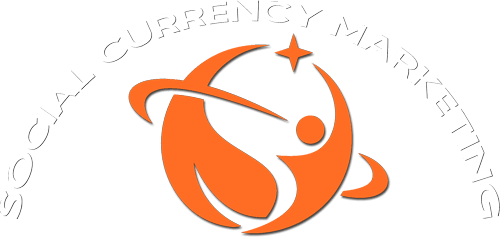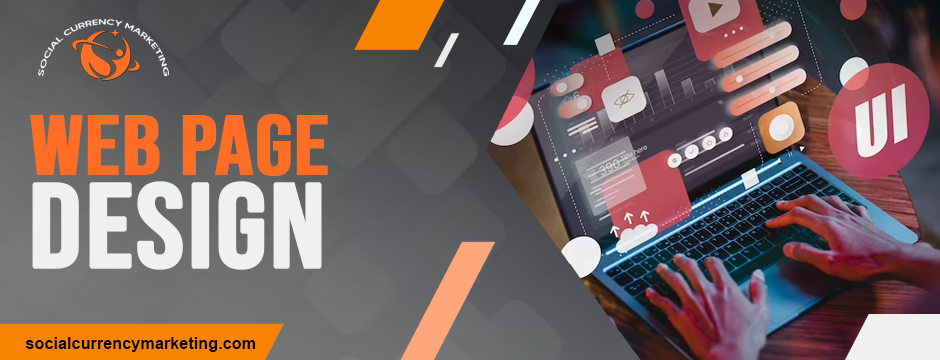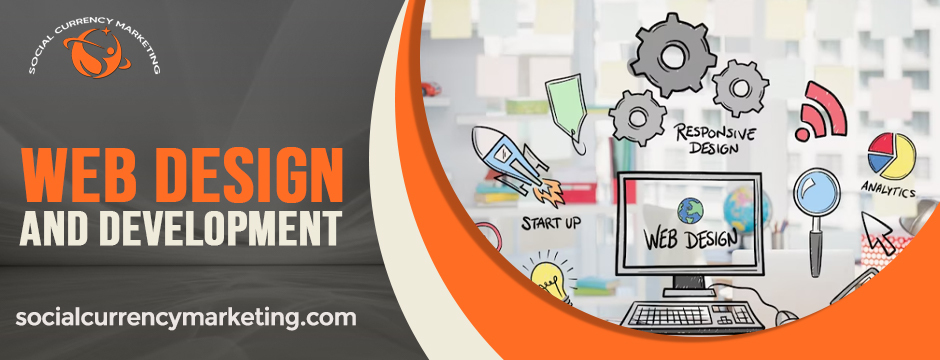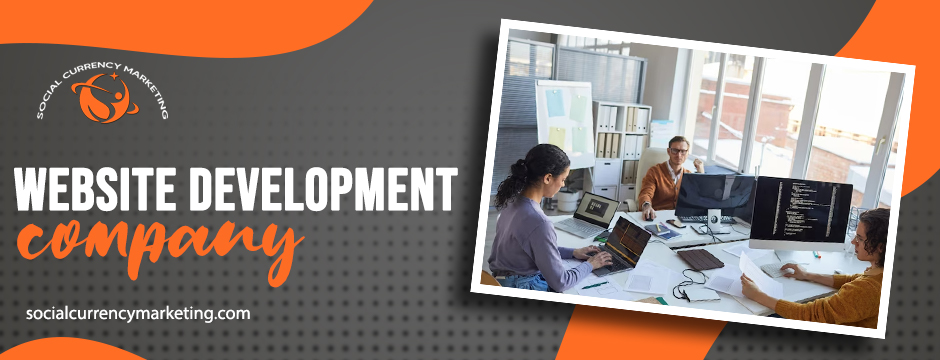In the ever-changing landscape of the internet, web design is not static; it’s a dynamic art that continually evolves to meet the needs and expectations of users. As we venture further into the digital age, web design trends play a pivotal role in shaping the online experiences of tomorrow. In this blog, we’ll explore the latest trends and innovations in web page design that drive the future of online interactions.
Introduction
The internet has come a long way since its inception, as has web design. What used to be static, text-heavy pages has now transformed into immersive, interactive experiences. Today, web design is about engaging users, enhancing usability, and delivering content seamlessly across various devices and platforms. Let’s dive into the trends defining web design’s future.
- Mobile-First Design
The rise of mobile devices has made it clear that mobile-first design is not just a trend but a necessity. With a significant portion of internet traffic from smartphones and tablets, web designers prioritize mobile-friendly layouts and responsive designs. This ensures that websites look and function flawlessly on smaller screens, providing a consistent user experience.
- Dark Mode
Dark mode is more than just an aesthetic choice; it’s a design trend that’s easier on the eyes, reduces battery consumption on OLED screens, and adds a touch of sophistication. Many websites and apps now offer a dark mode option, allowing users to toggle between light and dark themes based on their preferences.
- Minimalism and Simplified User Interfaces (UI)
Minimalism is not a new concept in web page design, but it continues to gain prominence. Clean and simplified UI designs not only look appealing but also improve usability. Designers create more intuitive and user-friendly websites by reducing clutter and focusing on essential elements.
- Microinteractions
Microinteractions are subtle animations or design elements that respond to user actions. They provide feedback, enhance user engagement, and make interactions more enjoyable. From “like” animations on social media platforms to progress indicators, micro-interactions add a layer of sophistication to web design.
- 3D Elements and Augmented Reality (AR)
Advancements in web technologies have paved the way for 3D elements and AR experiences on websites. These immersive features allow users to interact with products, explore virtual spaces, and engage with content in new ways. Web-based AR is expected to grow significantly in the coming years.
- Typography as a Visual Element
Typography is no longer just a means of delivering content; it’s now a prominent visual element in web design and development. Bold fonts, creative typography layouts, and custom typefaces make a strong visual impact and convey the website’s personality.
- Voice User Interfaces (VUI)
Voice search and smart assistants have become an integral part of our lives. To accommodate this trend, web designers incorporate voice user interfaces into websites, allowing users to interact with the site through voice commands. This not only enhances accessibility but also offers a unique browsing experience.
- Artificial Intelligence (AI) and Chatbots
AI-driven chatbots are changing the way users engage with websites. These chatbots provide instant support, answer questions, and guide users through various processes. AI also helps in personalizing content recommendations based on user behavior.
- Sustainability and Eco-Friendly Design
As environmental concerns grow, sustainability is becoming a design consideration. Eco-friendly design of website development company focuses on reducing energy consumption, optimizing website performance, and minimizing carbon footprints. Users are increasingly drawn to websites that align with their values.
- Scrolling Experiences and Infinite Scroll
Infinite scroll, where content continuously loads as users scroll down the page, is gaining popularity. It creates a seamless and engaging browsing experience, especially for content-heavy websites. However, designers must strike a balance to avoid overwhelming users with never-ending content.
Conclusion
Web design is a dynamic field that adapts to technological advancements, user preferences, and cultural shifts. The trends mentioned above are shaping the future of web page design and influencing how we interact with the digital world. As we progress, the key to successful web design lies in staying updated with these trends, embracing innovation, and putting user experience at the forefront. The future of web design promises exciting possibilities, and designers have the creative power to shape it for the better.
To find out more, visit us at Social Currency Marketing!



